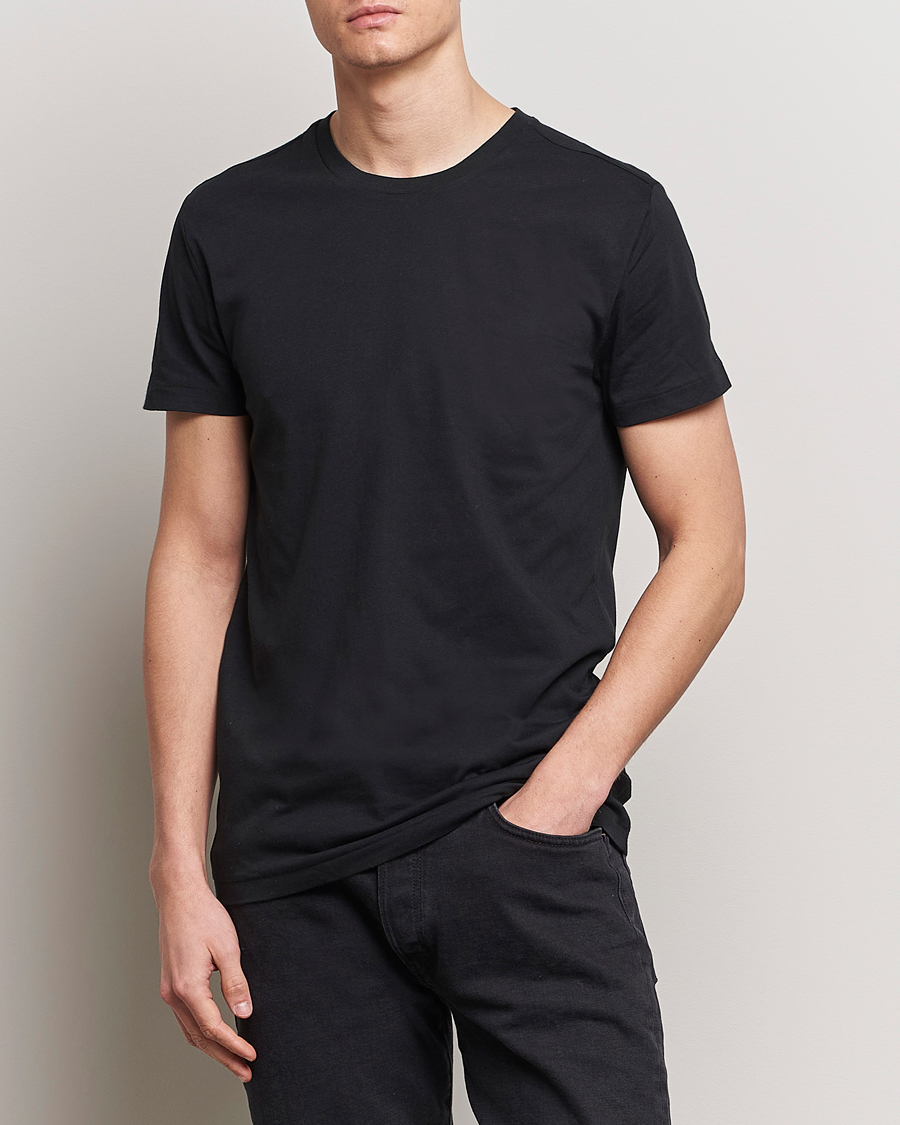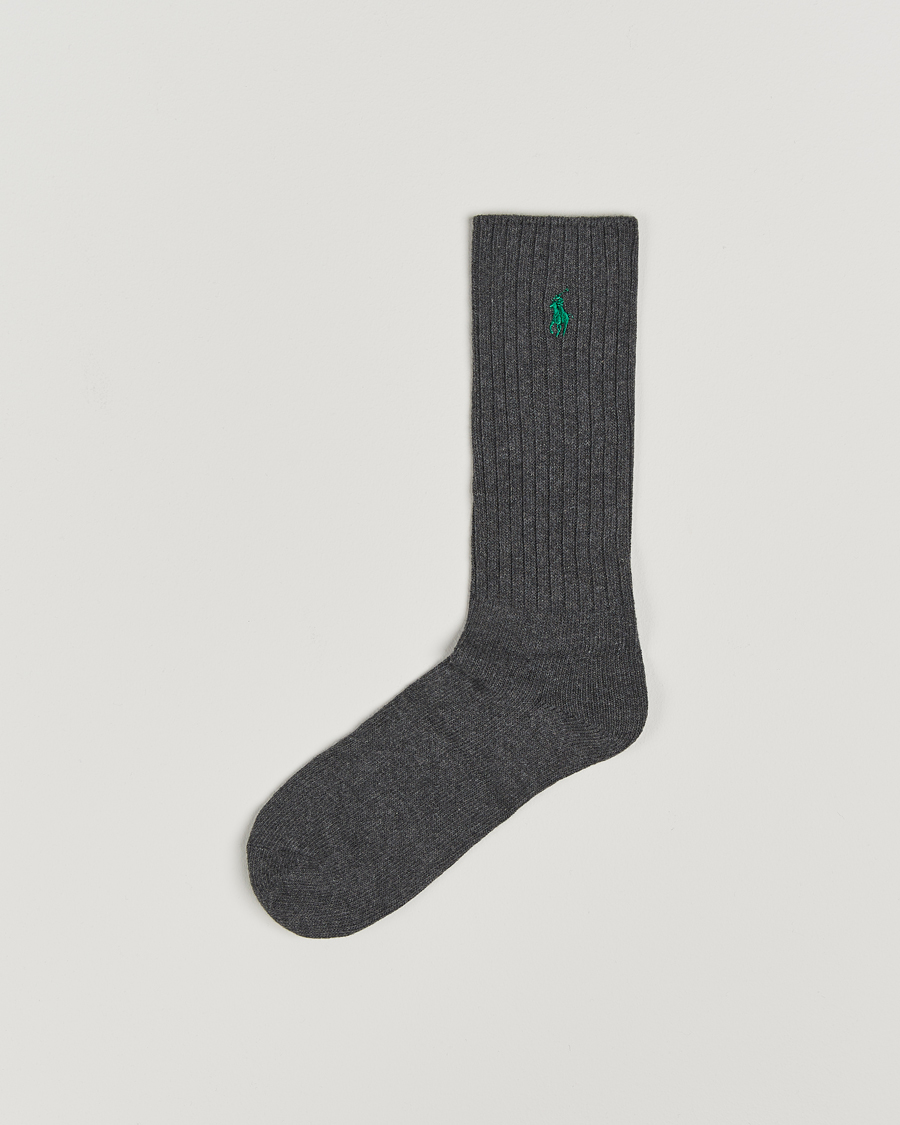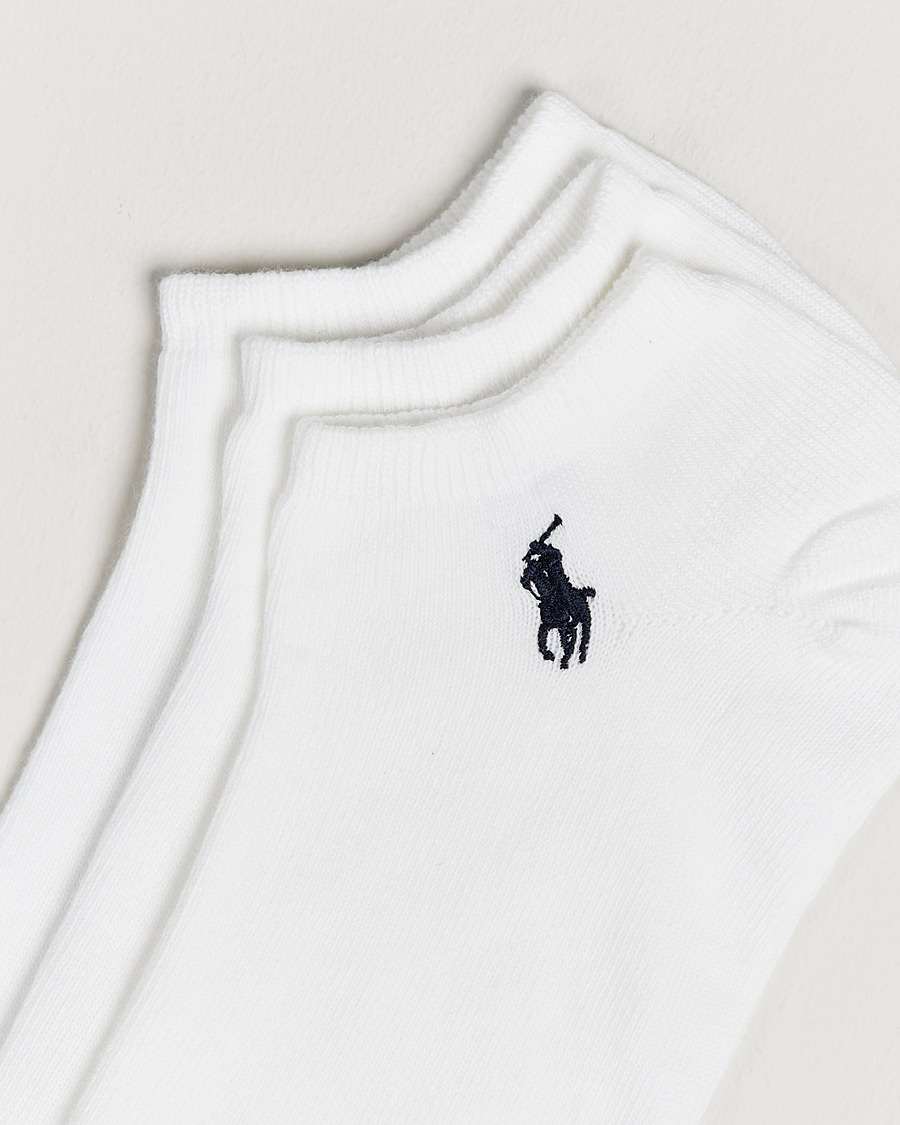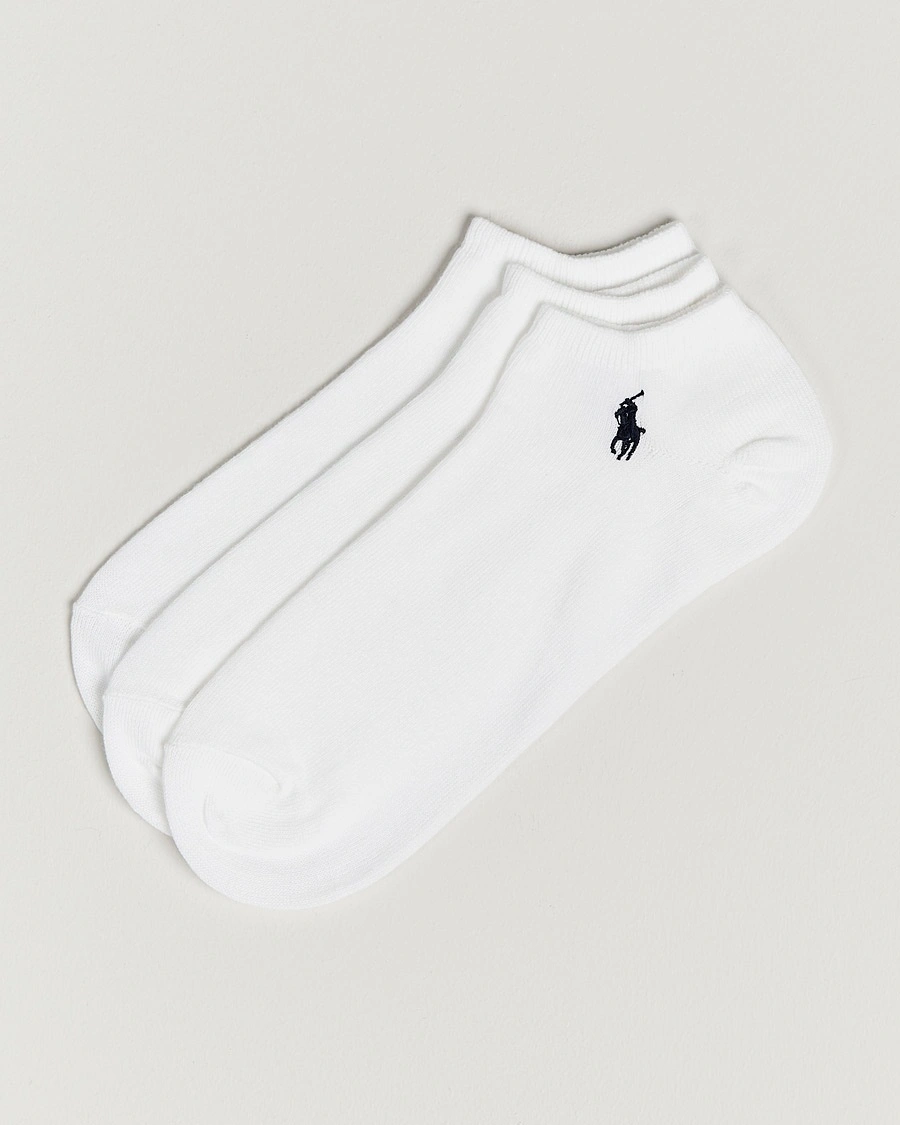
When to Repair Your Shoes, and When to Replace Them
Text: Jesper Ingevaldsson
Published 2021-08-09In the editorial below, we will walk you through some of the most common ways in which your shoes get worn. Out of these, we will highlight the many situations when your shoes can actually be mended and restored, as well as those very rare occasions when the damage is beyond repair.
Re-heeling
This is most often the first repair your shoes will need to undergo. On leather soled shoes, the rear quarter of the heel commonly consists of an angled piece of rubber, and the rest is layered leather. How fast the heel wears and needs replacing varies greatly depending of the gait and stride of the wearer, and how many pairs of shoes are a part of their everyday rotation. It can be everything from a year, to several years. Re-heeling should be done before the rubber tip is fully worn down.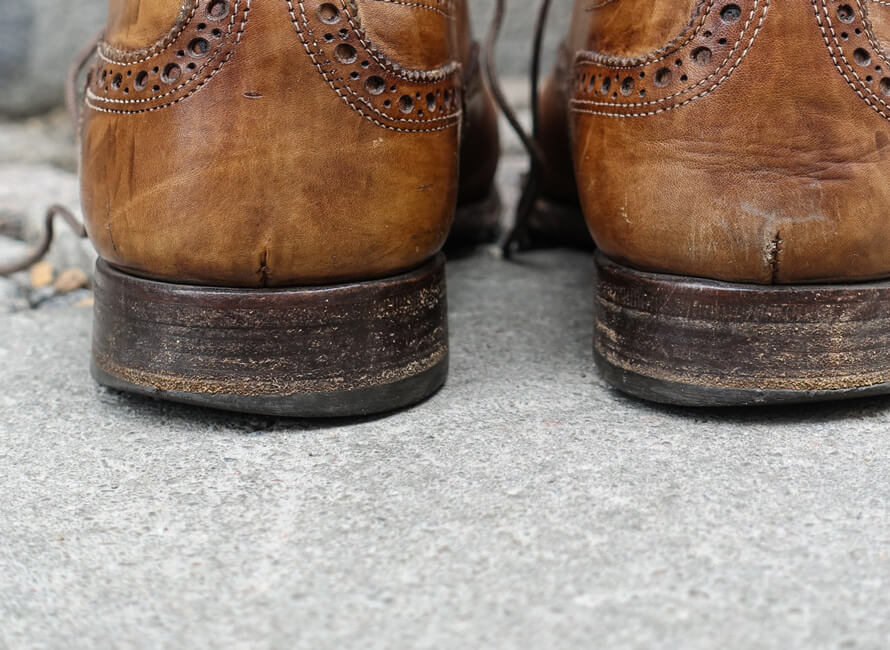
A pair of shoes where the rubber part of the heel is close to the point where re-heeling is necessary.
The layers of leather from which the rest of the heel is built from are not made to withstand the wear from walking. If these also need replacing, the procedure immediately becomes more expensive. At the time of writing, re-heeling leather soles costs about €20 to €30.
Resoling
When the sole is worn down and needs replacing on a pair of leather-soled, Goodyear-welted shoes, it is most common to replace the front half of the sole. This means that the sole stitches are cut to the middle of the shoes' waist. Together with an adhesive layer, these stitches attach the outsole to the welt. The front half of the sole is then removed and replaced, as the rear half rarely wears quickly. When the time comes for a full resole, the whole outsole is removed along with the heel which is most commonly reused with the new sole. If your Goodyear-welted shoes have a rubber sole, replacing only the front part of the sole is rarely possible as it is cumbersome to create a robust and sustainable seam between the new front half and the old rear part half of the sole.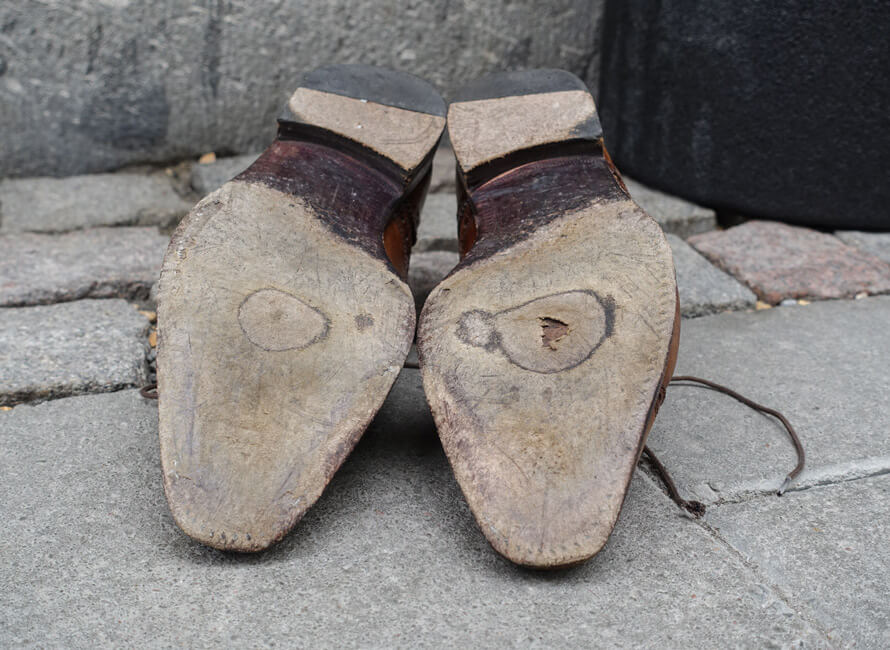
Leather-soled shoes in dire need of new soles
There is no need to worry if the welt stitching on the surface of the outsole is worn down, something that happens relatively soon around the toe. Since the welt stitching is carried out with so-called lock stitching where each stitch locks itself and the outsole is also attached with adhesive, it will still stay in place. It is of utmost importance that your outsole is not worn down so severely that the welt starts to wear, as you will otherwise likely need to replace this part as well. The welt can be replaced, but this adds a considerable cost. If only the toe area is worn, this piece alone can be replaced with a single piece of leather or rubber to further extend the longevity of the rest of the sole. When the front part of the sole becomes worn, a hole will often start to form in the centre of the sole under the toe box of the shoe, it is time to replace the whole outsole. Many manufacturers of Goodyear-welted shoes also offer factory resoling, though price levels vary greatly between shoemakers.
Replacing the Heel Lining
The leather lining of the heel counter also commonly becomes worn fairly quickly, causing a hole through to the heel counter. This is not a sign of a lesser quality shoe, but natural wear due to the way your foot rubs the inside of the shoe when you walk. This rear leather liner is also easily replaced by a skilled cobbler.
Swapping this lining is done by removing the old and worn patch, after which a new one is glued in place. The edges are finely sanded so as to ensure they will not cause chafing or come loose. Finally, the upper edge is restitched to the shoe.
Replacing Buckles or Elastic
Replacing shoelaces is easy and inexpensive, but some shoes are secured to your foot through other means like buckles or elasticated trim. A skilled cobbler can easily replace these as well if broken or lost, for a fairly low cost.
On monk shoes or jodhpur boots, the buckles sometimes break or come off. These can also be replaced in most cases, even though it sometimes may demand some unorthodox, creative stitching through the leather upper.
Cracked or Torn Leather Upper
Cracks, cuts or tears in the leather upper are the most common reason for a pair of shoes to be seen as beyond repair. These most commonly form in the creases on top of the vamp, where the shoe naturally folds when you walk. Leather uppers made of high quality full-grain leather last quite a few years before this inevitably happens. A considerable factor is, once again, how many pairs you have in rotation, and how well you care for and treat your shoes when it comes to cleaning, conditioning and polishing. Leather uppers can be patched up with pieces of added leather, but this rarely looks particularly pleasing. Hence, taking good care of the leather upper of your Goodyear welted shoes is the key to their longevity.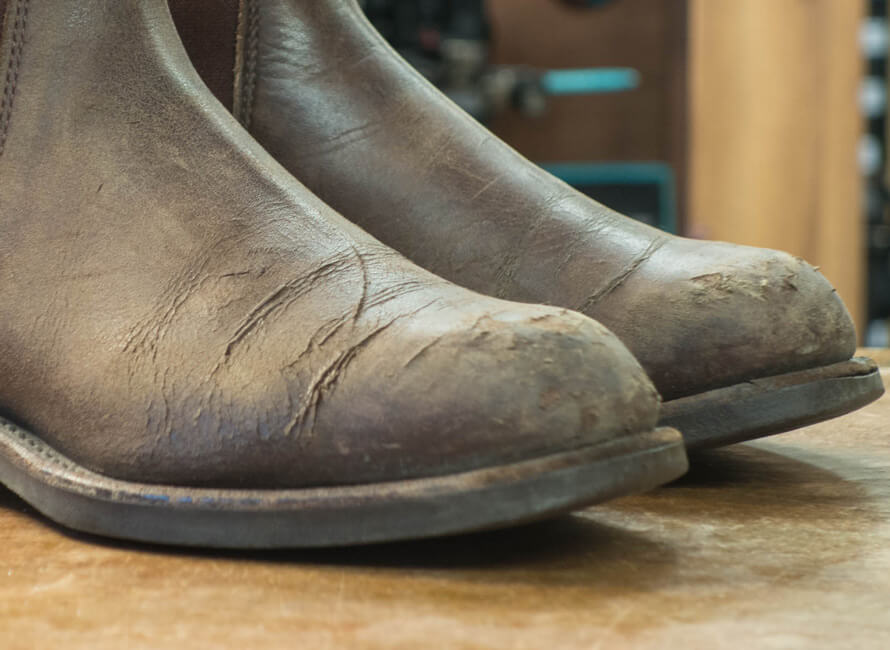
Cracks in both the creases and toe cap of a pair of leather boots.
Cracked Mid-Soles
The mid-sole can be considered as the spine of your shoe, and the relatively thick, leather foundation of a Goodyear-welted shoe. Of course, this internal part of the shoe is also prone to wear, and both wear and perspiration may eventually cause the mid sole to crack and break as well. This is one situation that is very hard to remedy. There is always a possibility of send your shoes back to the factory where they were once made. This basically results in a complete makeover, as the rest of the shoe is also most likely extremely worn at this point. The only remaining original part afterwards will be some of the leather upper. It also usually entails a cost so considerable that it, in most cases, the procedure is not worth the effort.





